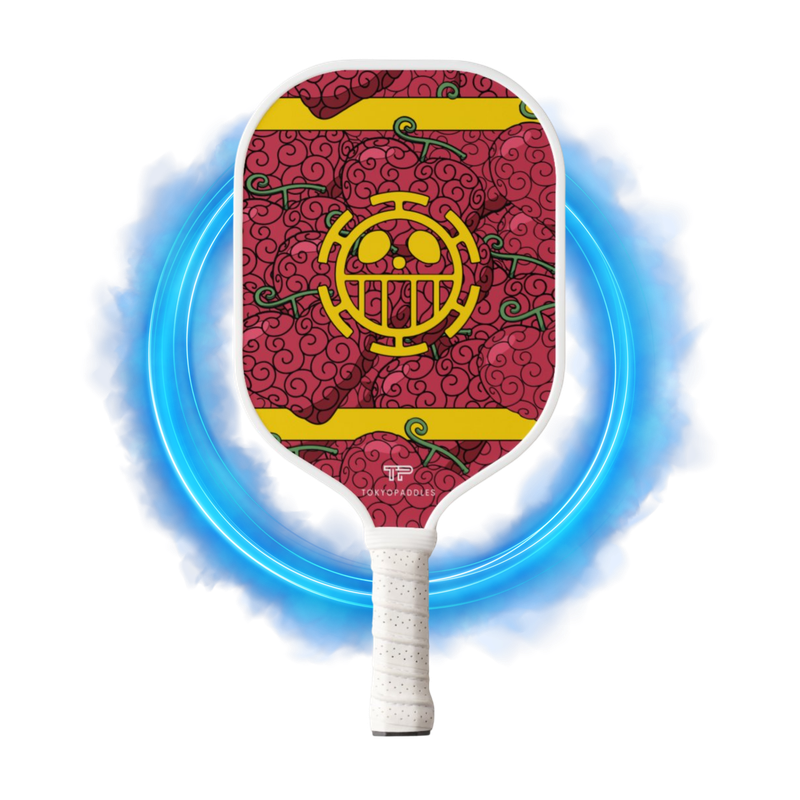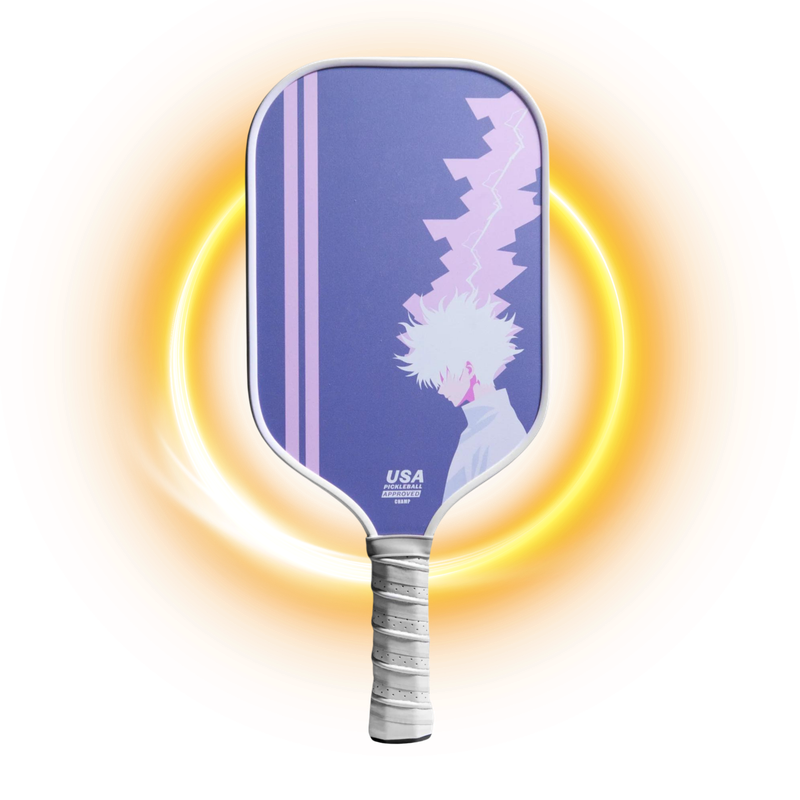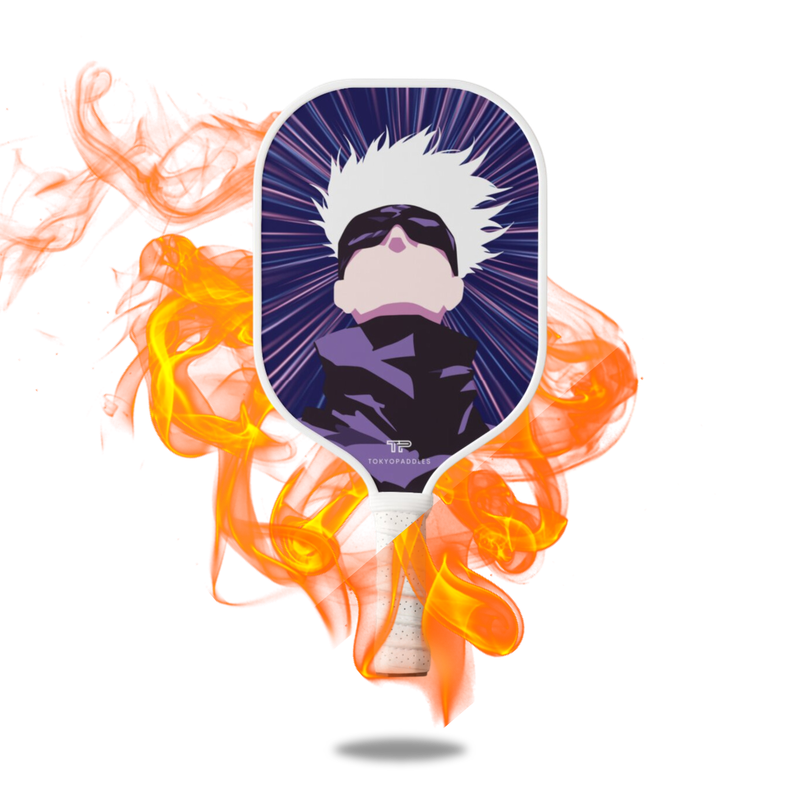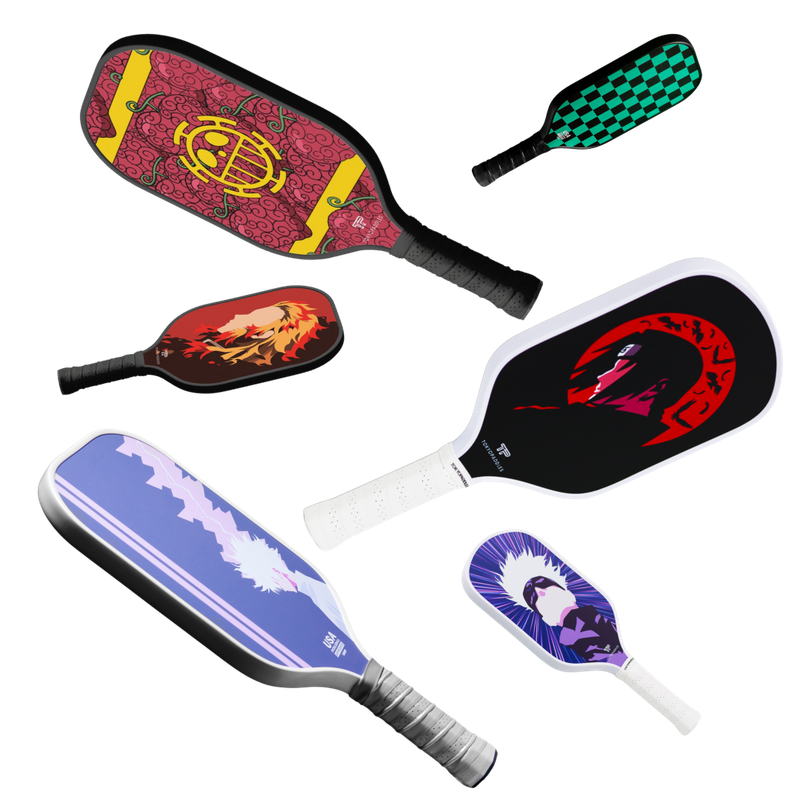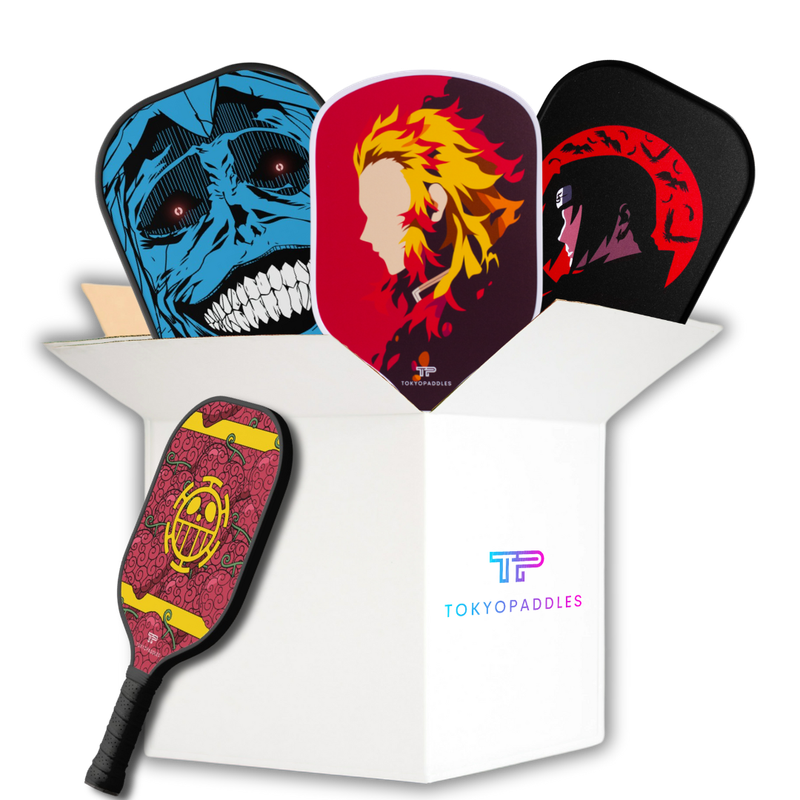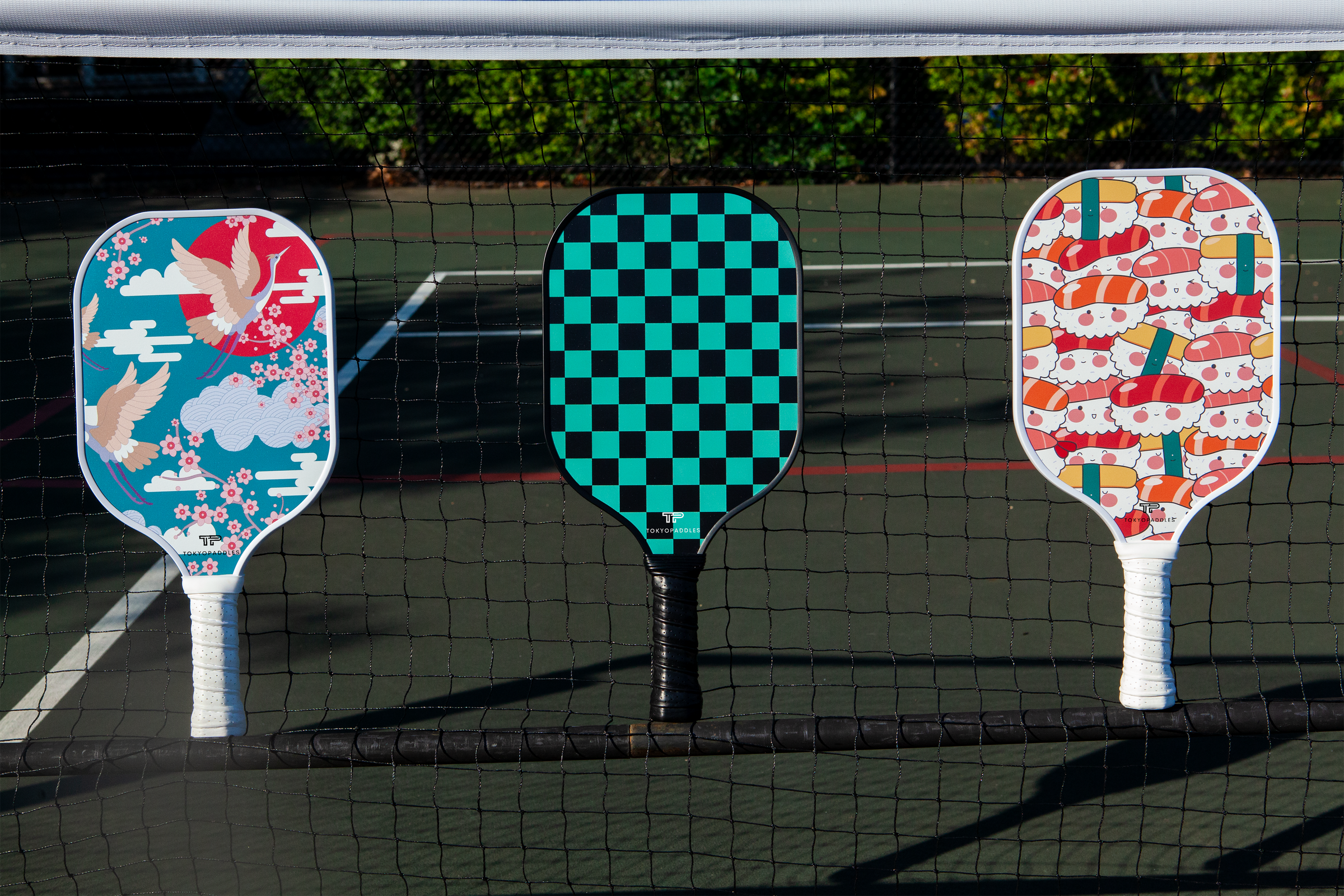Mastering the Forehand in Pickleball: Tips and Techniques for Success
Pickleball is one of the fastest-growing sports in the world, and mastering your forehand can significantly improve your game. Whether you’re a beginner or looking to refine your skills, this guide will provide you with essential tips and techniques to hit a powerful and accurate forehand in pickleball.
Understanding the Basics
1. Grip
- Continental Grip: Ideal for versatility, this grip is also known as the "handshake grip." It allows for quick transitions between different shots.
- Eastern Grip: This grip offers more control and power for your forehand. Hold the paddle as if you’re shaking hands with it, ensuring your knuckles are aligned with the paddle's face.
2. Stance and Positioning
- Athletic Stance: Keep your feet shoulder-width apart, knees slightly bent, and weight balanced on the balls of your feet.
- Positioning: Stand with your non-dominant shoulder facing the net. This position allows for a smoother and more powerful swing.
Executing the Perfect Forehand
1. Backswing
- Start with your paddle back and low, positioning it around waist height.
- Rotate your shoulders and hips slightly, ensuring your paddle face is open.
2. Contact Point
- Aim to hit the ball in front of your body, around waist height.
- Keep your eyes on the ball and focus on hitting the center of the paddle for maximum control and power.
3. Follow-Through
- Follow through with your swing, extending your arm towards your target.
- Your paddle should finish high, with your non-dominant arm balancing your body.
Tips for Improvement
1. Consistent Practice
- Regular practice is key to mastering your forehand. Spend time drilling forehand shots, focusing on technique and consistency.
2. Footwork
- Good footwork ensures you’re in the right position to hit an effective forehand. Practice shuffling and pivoting to improve your agility and positioning on the court.
3. Watching the Pros
- Study professional players and observe their forehand techniques. Notice their grip, stance, and follow-through. Emulating their movements can help you refine your own skills.
4. Drills and Exercises
- Incorporate specific drills into your practice routine. Target areas like accuracy, power, and control. For instance, practice hitting cross-court and down-the-line shots to enhance your directional control.
Common Mistakes to Avoid
1. Overhitting
- Avoid swinging too hard, which can lead to loss of control. Focus on a smooth, controlled swing to maintain accuracy.
2. Poor Grip
- Ensure you’re using the correct grip. An improper grip can affect your shot’s power and direction.
3. Inconsistent Stance
- Maintain a consistent athletic stance. An unstable stance can lead to off-balance shots and reduce the effectiveness of your forehand.
Conclusion
Mastering the forehand in pickleball requires practice, patience, and attention to detail. By focusing on the basics, refining your technique, and avoiding common mistakes, you can significantly improve your forehand and overall game. Remember, consistency is key, and with regular practice, you’ll be hitting powerful and accurate forehands in no time.

